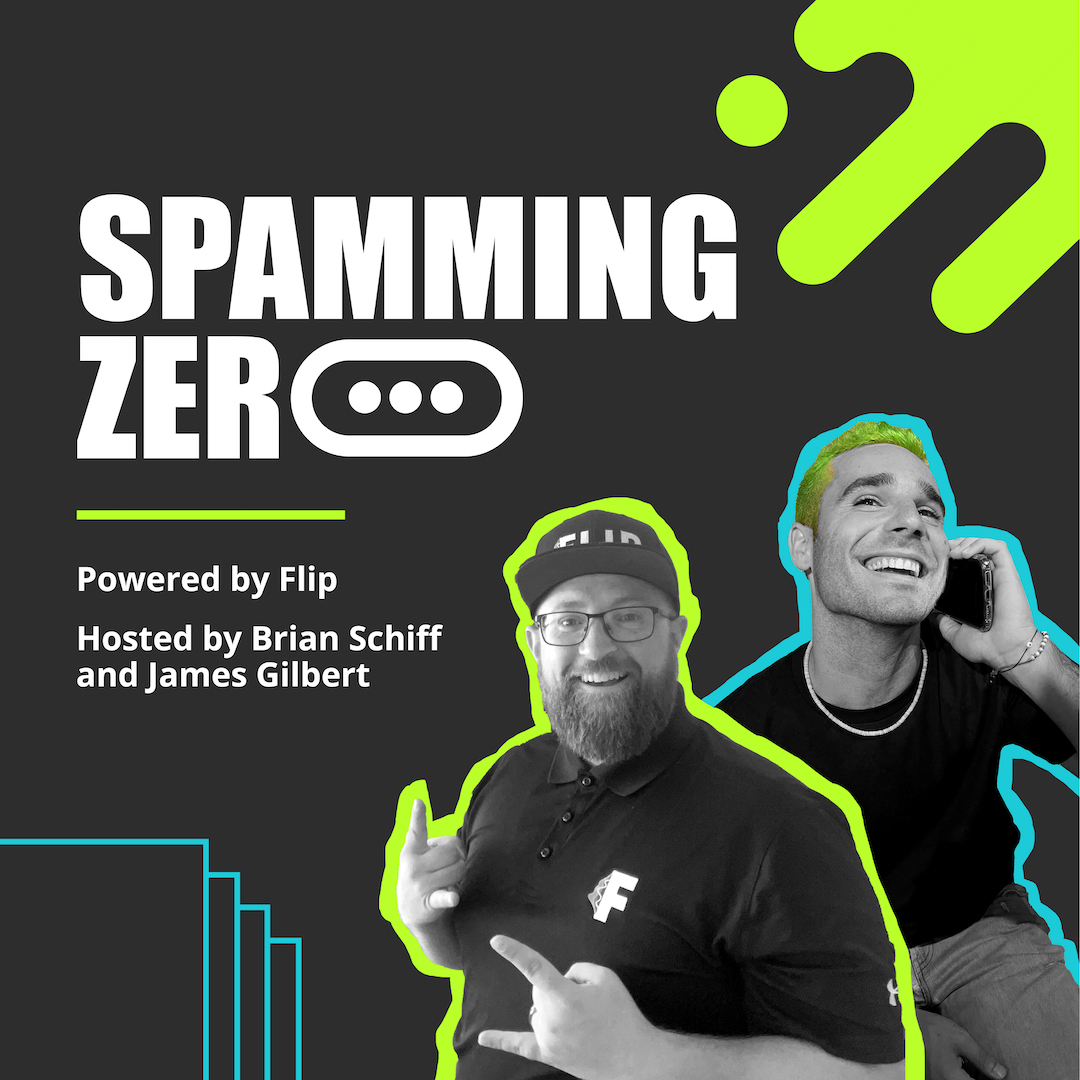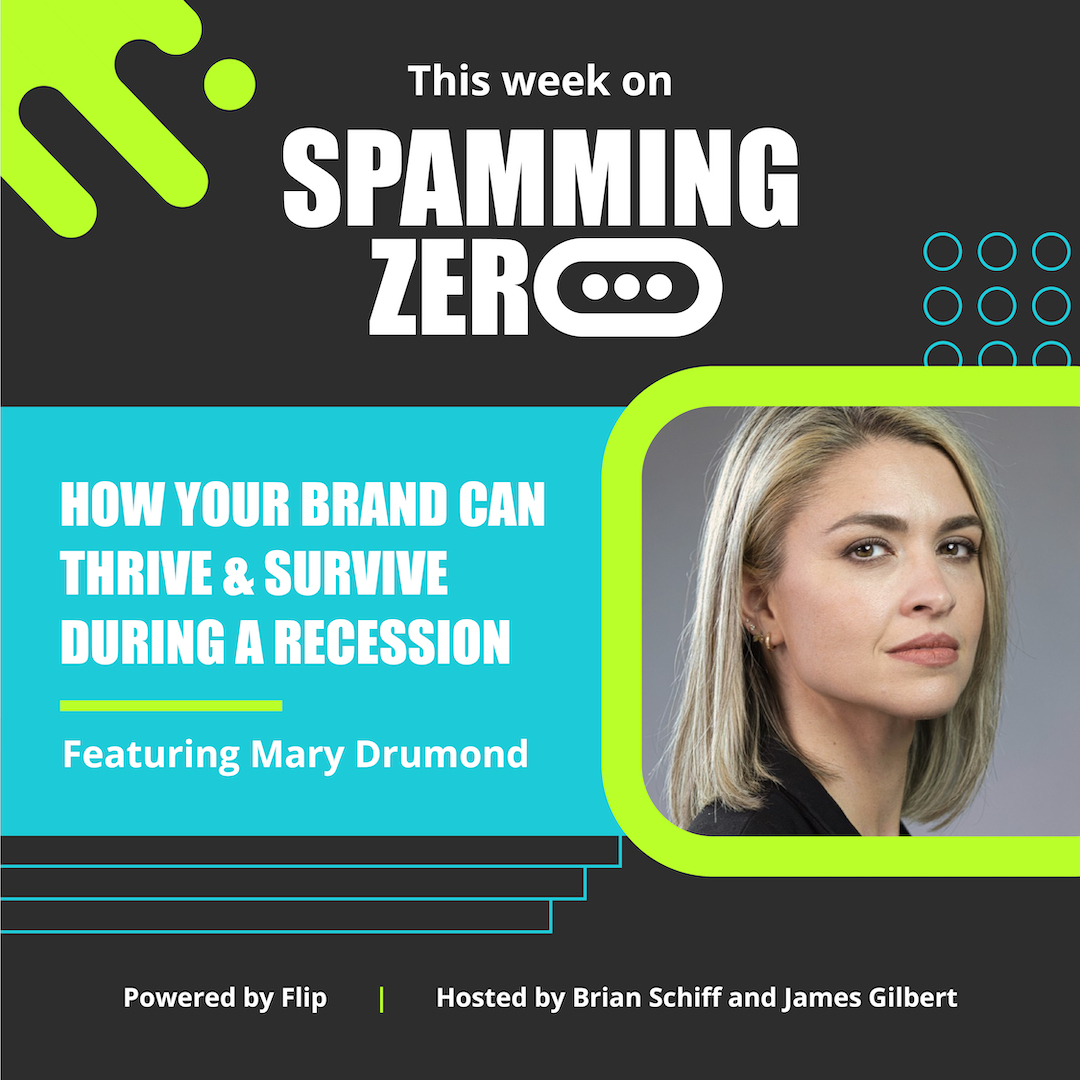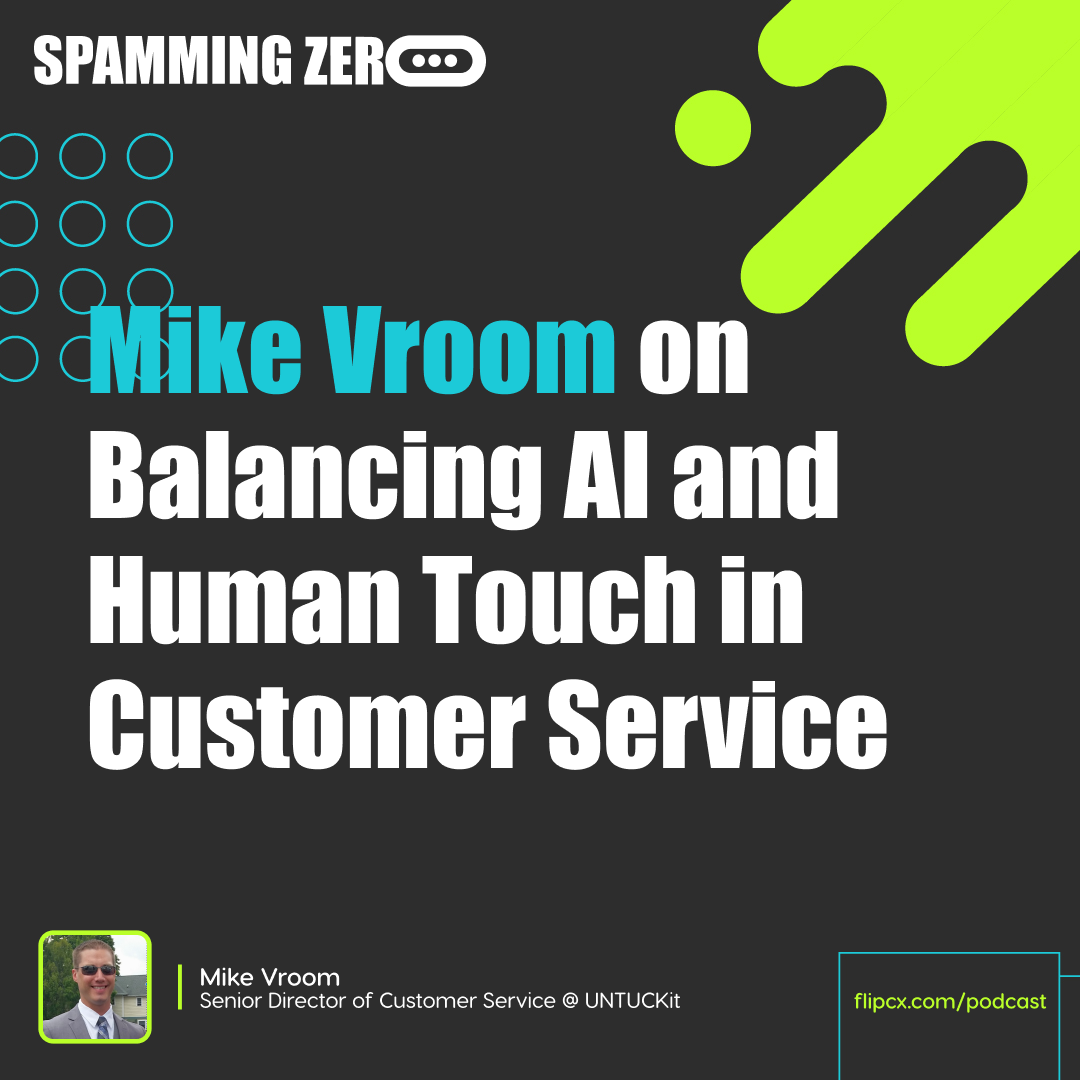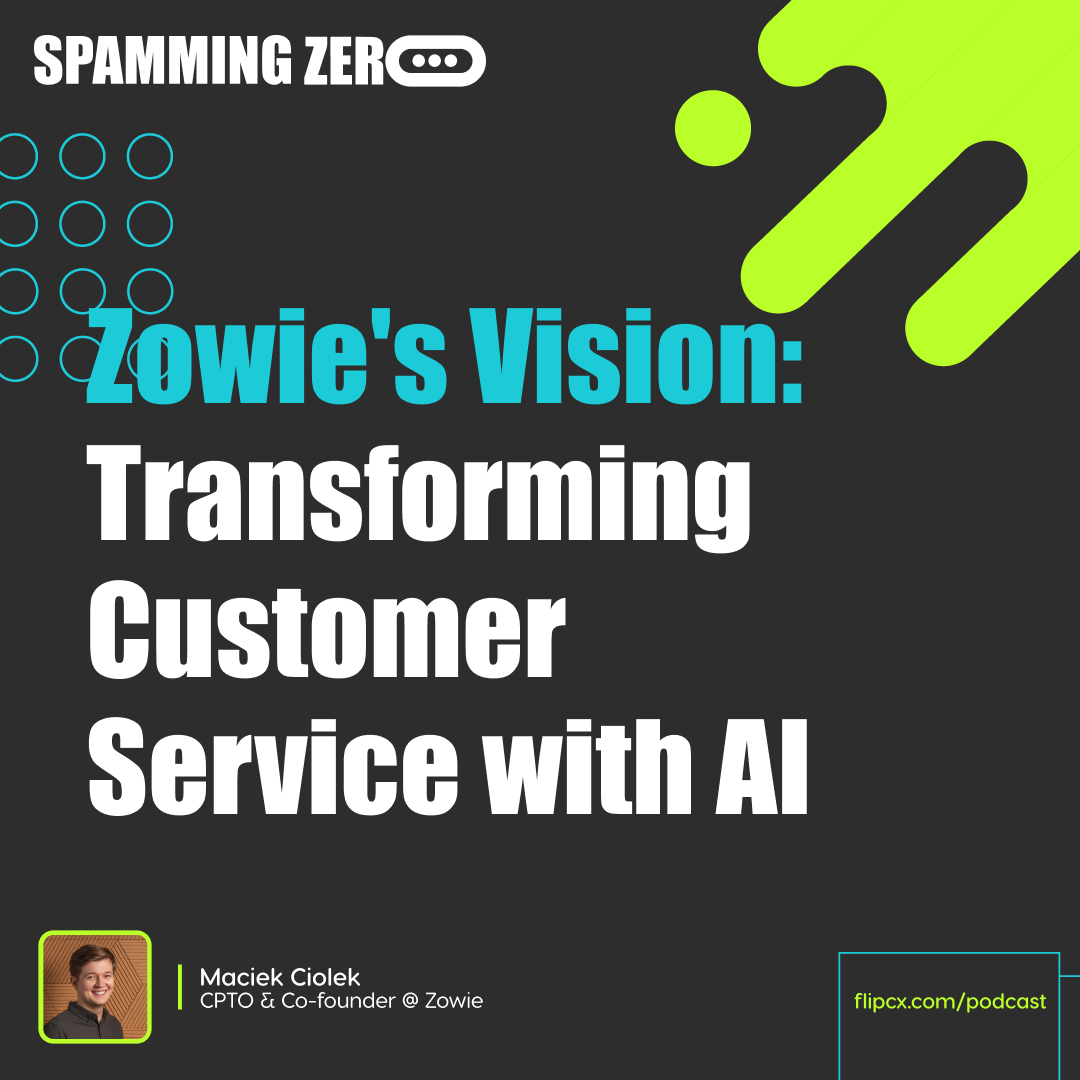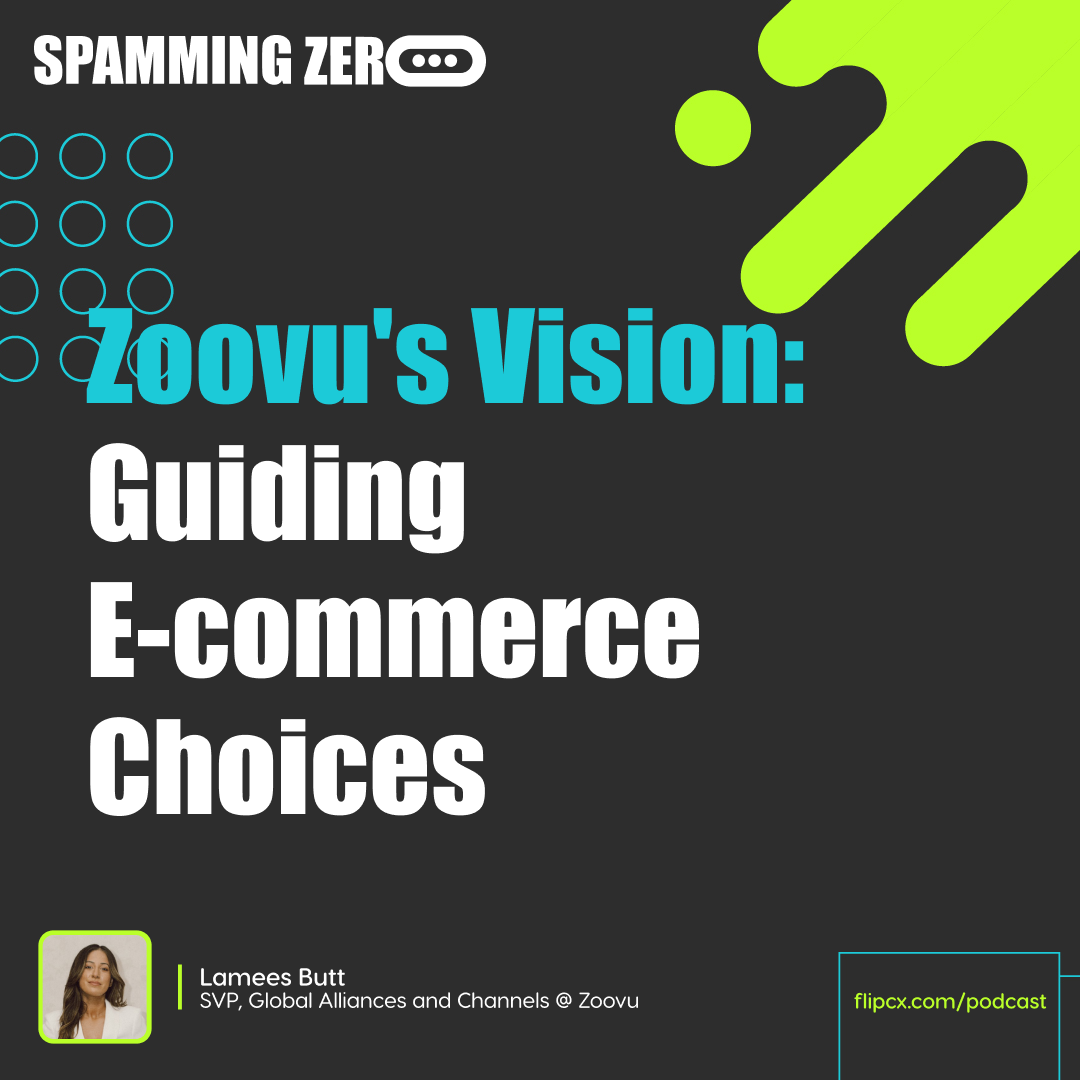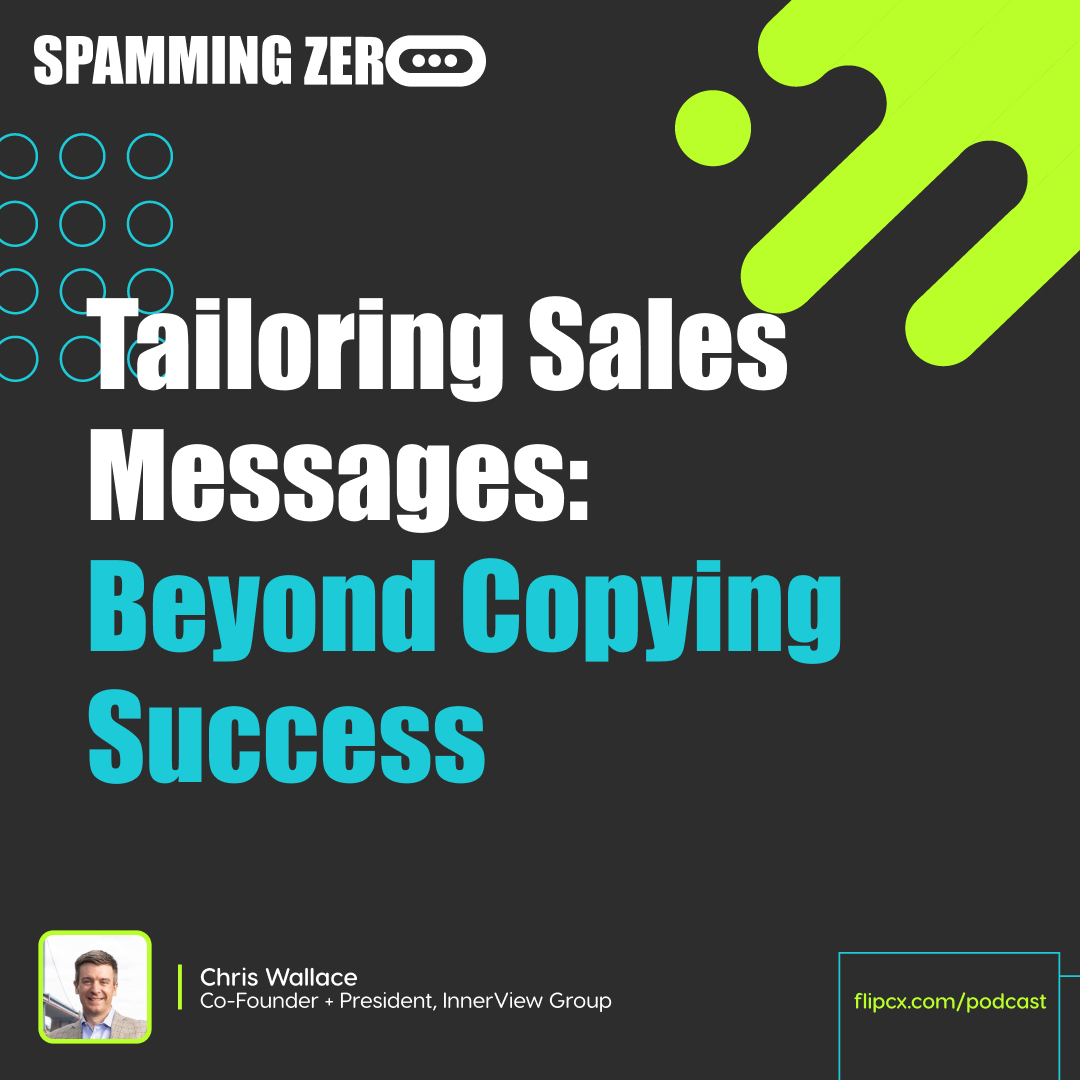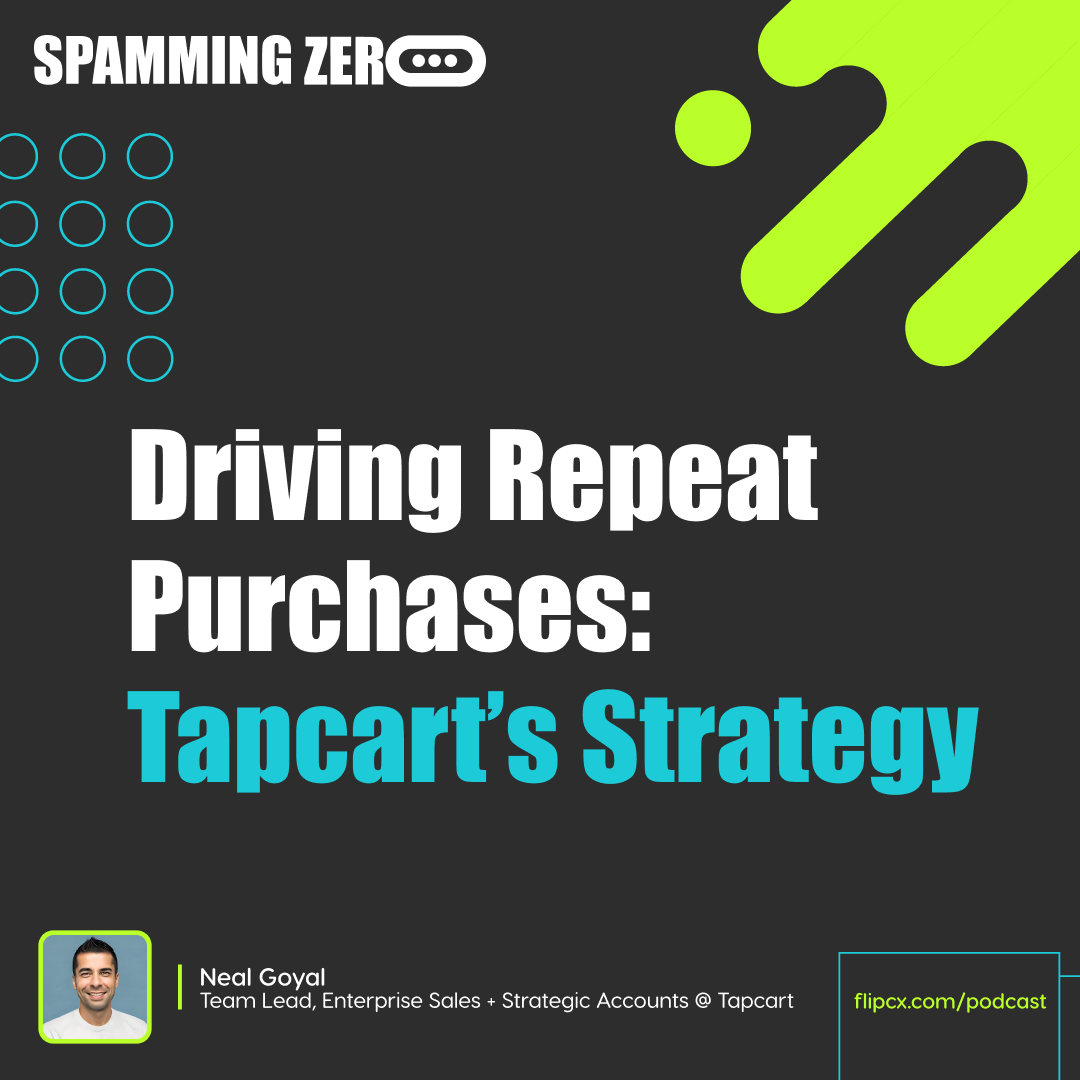Episode 17: How Your Brand Can Survive & Thrive During A Recession
- 0.5
- 1
- 1.25
- 1.5
- 1.75
- 2
James: I'm James.
Brian: And I'm Brian.
James: And this is Spanning Zero. Hey Mary, welcome to the show, welcome to Spanning Zero.
Mary: Hey, what's up?
James: Got Mary Drumond here. If you guys are not familiar with Mary, I'm telling you right now, you need to go check out her podcast. It's awesome.
Mary: I know. Are you even in CX, if you don't know who I am, it's just-
James: Let's talk about the topic at hand. So Mary, you have been doing this for a very, very long time. Probably one of the best out there, right? Like you said in the beginning, if you're doing CX and you don't know Mary, that's probably a problem. So let's start there.
Mary: I was being very sarcastic, but I have been doing this and people who've been following me... James, most people know that I kind of ended up rather accidentally in this industry, I think. And, I think that my superpower in the industry is that I truly am always open to learn, so every conversation I go into, I don't start with the premise that I know more than the person I'm talking to. It's the opposite. And I think that when I'm interviewing someone for a podcast or I'm hosting a webinar or moderating a panel, I'm constantly trying to think with the mindset of the listener, of the audience, and what sort of questions they have, what doubts they have, what they need that guest to explain. And I think that people connect with that, they connect with that mindset of me not coming at it as an expert, me coming at it as a student. And I hope to always be that person.
James: When we were thinking about doing a show together, why this topic and why right now?
Mary: Well, I think that turbulent times are happening now. There's a certain urgency about addressing this topic now, because it's top of mind for so many people. And so many people... I think so many companies, and myself included, and my organization as well, after we came out of COVID, there was this big sense of relief that we had survived somehow, and we thought that it was going to be smooth sailing for a little bit. And then to all of a sudden find ourselves in a really difficult predicament, let's say, and having to just strap up our boots and go back at it. It's exhausting. I think everyone feels exhausted. They're coming out of one battle and straight into the next. And the truth is that even though the difference between turbulent times and the COVID pandemic and the past two, three years, they are extremely different. There is something to learn. We just have to kind of put our minds to it and listen to the voice of customer and study how people were feeling then and understand how that translates into now. I think that one of the most important things that COVID did was that absolutely wiped a clean slate when it came to historic data for predictive analytics, because the idea behind predictive analytics is that you study past behavior to predict future ones, right? But when past behavior doesn't matter, because everyone's habits have shifted, then how can you possibly predict the future based on past scenarios? And the market nowadays is so fast that it has accelerated so much and there's so much change. And it comes about so rapidly that it's not wise, it's not smart to make decisions based on past data anymore. And this is kind of a, perhaps, controversial topic because the study of behavior, economics of human behavior, to be able to understand how people react. I think that there still is a lot to be said for that understanding how people react in uncertain times, the human instinct that kicks in when people don't know what to do. All of that is fair game. What we can't study is purchase behavior or whether people are going to buy this or that kind of stuff. Cold data no longer works. So, one message that we've been preaching a lot at Worthix is use current data. Use data from now to understand what's happening, track behavior and sentiment as it happens, as it changes, to know what's coming next. It's the only way to do it. So in my opinion, the era of using cold data is over. And what we need is hot data, straight from the customer's mouth, that constant tracking of the change of expectations in customer behavior, as it happens and constantly picking up and using that as your compass to know where to navigate, which decisions to make, which priorities to keep in your organization, and having that really deep understanding which aspects of your business model can make or break your customer's experience.
Brian: So I saw a great thing the other day on this topic and it was talking about how, if you make your decisions today based on previous data, then the goal that you are striving for is to continue down the exact same path that you were going down previously. But if you use kind of the curve and whatever that happened over the past, and you're like, okay, now we're going to continue that and go in that direction, then really you're saying we want to continue to do more of the same. And I think that was kind of the interesting second piece of what you were saying there.
James: I do think that fundamentally there's a lot of businesses out there that don't have just the ability to track this simplicity of the foundation of data. For example, having a CRM and having people use the CRM and having it tracked and having that data flow between departments and shared between departments at a high level. I think that is fundamentally broken in so many businesses. There's a data problem. There's way too much of it. There's not enough people that are organizing it and structuring it in a way that it can be story told in a way to make it actionable. Right? So you have all these companies out there that are trying to build insights into action. And how many of us have heard that buzz? It's a real thing. And I would say customer experience technology even is trying to solve this, where they're trying to weave in how their own data can also help you report on NPS metrics and CSAT metrics and well, all of that's great. It still doesn't change the fact that there is a siloed approach to a lot of the data that we all get. Customer service and the CX teams are getting a massive amount of data when they're having the voice of the customer that front and center. And it's very rarely being shared to drive initiatives in marketing. The smartest CEOs that's out there, go and talk to the customers directly and they find out what's happening because you're going to get better insight having that frontline conversation than anyone. But yet, that data just does not make its way up to help the business operationalize it. So, Mary, what's your thoughts on that? And how do you unpack that as an organization?
Mary: I think that there's absolute truth to what you just said. And there's another element, which is the speed in which that data is processed and actually scaled up to the decision makers so they can do something with it. Retail is a perfect example for this. They have stocked up on products that nobody wants and they've got shortage of products that people do want. And this is constantly influx and constantly changing. So if you work in retail, you understand that in order to stock up on something, in order to have inventory, you have to put that order in advance. So you essentially have to guess what customers are going to want. And what's happening is that they're getting it wrong. The CEO of Target recently in his quarterly meeting said, guys, we're going to have to prepare for losses because we've got tons of inventory that's just absolutely stagnant, and we're going to have to try to figure out what to do with it, because they made all these predictions of what customers were going to want and customers didn't want it. What do you do when you can no longer predict what your customers want? What do you do when you look at the up and coming generations, gen Z and gen alpha, and you have no idea what they want and what they want changes every two weeks because of a TikTok trend? So what happens to the company when that happens? They have to ramp up production so that more product can arrive at the shelves. They have to try to surf or ride that viral wave, but it's not from one moment to the next. It's not produce more. It's not how it works, right? So by the time they've actually manufactured more product, shipped it to the stores and actually attended demand, guess what? The viral trend is over and now they have a surplus that they can't get rid of. And this is what's happening to every single industry in retail, because it's so difficult to predict what customers are going to want that day, that week, that month. And it's wrecking havoc on the industry and this is happening because they're basing their guesses on past trends, instead of keeping up with the current trends and as they're progressing. So I think that companies really need to have an overhaul on how they're predicting what customers are going to want and need. Whatever they're doing right now isn't working, and we need to try something different. So how do we make it so that the data that we're getting is actually accurate and to being processed quick enough to not be expired or old information by the time it reaches decision makers? And that's the big conundrum, that's the big issue that we're facing currently.
James: The younger generation that is up and coming, they do things differently, as every generation has, from the history of time and the businesses then adapt. That's how it's always been. So I think, fundamentally, one of the first things that businesses can do to help get through that is you actually got to be where people are. If trends on TikTok are happening, you should probably be on TikTok, as uncomfortable as it might be. And you should probably have a strategy for TikTok. If you have enough of an understanding of that demographic to know they're on TikTok, they're on Instagram, they like video, they like entertainment. Those three things are pretty great to tackle from a psychological perspective, from a demographic perspective, and to understand who they are as humans. You just got to sometimes watch and be where they're at. There's a lot of resistance that I see from a lot of businesses because they just don't know what to do there, but yeah, we need to be there in TikTok, we know we need to be. But how do we do that?
Brian: The TikTok thing is interesting because we talk a lot about channels and what are the things that will make a channel become something that is very valuable for a business to tap into. And TikTok is a great example, right? TikTok is a new channel that is growing like fricking wildfire right now. You touched on one aspect of it, which is the people that you are targeting, your desired customers, they are on TikTok. There is number one, the mass adoption in the channel. And then the second piece of it is the ability to somewhat easily, and at scale, automatically deliver experiences to those people using the channel. So to be able to go into TikTok and relatively easily create content, create experiences that you think are going to resonate with your customers, have all of your target customers be there, and then with the push or couple pushes of a button, be able to deliver that experience to those people. So it has this combination of one, the mass adoption and two, the ability to easily orchestrate the experience at scale. And those two things kind of make up the fundamental building blocks of any channel that you look at that has mass adoption and is viewed as a channel that is valuable for businesses. And you have brands that are being built on TikTok. And you have a whole lot of brands that are sitting there, as you said, saying, oh my, the FOMO kicking in. I need to be on TikTok. I know that there are only so many channels out there and this is new and it is growing like wildfire and I need to be there, but I don't know how to be there.
Mary: But one thing that's really important to remember is that viral moments don't really happen intentionally. In fact, when was the last time you saw a viral moment that was planned? The thing about viral is that it's unexpected and it always comes from the unexpected because it catches people off guard. And by the time corporations jump on that trend, it is no longer cool. And then you're just making a fool out of yourself. So it's almost like when somebody sends you a reels of something that was cool on TikTok four weeks ago. And you're like, how old are you, old person? Stop getting your information from reels. This is stupid. So I think that what companies need to stop doing is perhaps trying so hard. I was watching this thing about how the music industry is now requiring its artists to have a viral moment on TikTok in order to get funding for tours or whatever. And the principle of that is so wrong. The principle is so wrong because you have all of these amazing artists that are trying to compose authentic music and they're being pigeonholed into creating a viral success for TikTok. And then TikTok decides that it isn't going to pick up any of these new artists, it's going to pick up on a Celine Dion hit from 1996 and that's going to become viral for absolutely no reason whatsoever. So companies need to understand that these generations, they really do migrate towards the unexpected. One of the most successful brands on TikTok is Duo Lingo, that literally has a giant owl walking around doing shit in the office. Sorry. And that's what people gravitate towards. Why? I don't think that anyone could have predicted that Celine Dion's" It's All Coming Back to Me Now" was going to be the viral hit of 2022. Never. So being able to embrace the unexpected and perhaps being willing to create something unexpected is I think what a lot of companies are missing out on. Duo Lingo nailed it.
James: I love this riff because I am the biggest believer in doing unconventional shit. It's the only way to stand out. You got to break through the noise. There is so much noise and you got to take risks too, by doing that. And you have to have a culture that allows you to take those risks. And it's just not how... So many, at least a lot of CMOs that I know, and I'm sure you can relate to this, Mary, many of them don't think that way. They have their channels that work really well. They know what's worked in the past and they repeat it. Rinse and repeat, rinse and repeat. And I think that's going to not work anymore.
Mary: We're CMOs. I don't think that either of us could benefit from a viral TikTok moment. That's not going to shorten our sales cycle. That's not going to make more decision makers and B2B buy our product faster. It's not. So I think what we need to do as marketers is have a really deep understanding of the pains of our customers, understanding what they need, where they're lacking, how we can provide a pain killer for them. And that's what we need to do. Is it cool for us to be on TikTok? Yeah, absolutely. Especially because our customers are probably there, but do we need a viral moment? Probably not. All we need to do is understand how we can kill the pain that our customers have. And if we have a deep understanding of that, if we truly understand how to deliver value to our customers, then that's going to be a lot more successful than millions of views on TikTok, in my opinion.
Brian: One of the beauties of all of these hyper valuable digital channels is the ability to experiment quickly and have a rapid feedback loop on it. Who are B2B buyers? B2B buyers are also B2C consumers. Virality is really just a outcome of a unconventional experience that you have delivered that really sparks something, right? So it's very much so an outcome that is the product of deeply understanding your customer, deeply understanding the value that you're delivering to them, deeply understanding the story and the narrative and the specific words and emotions that resonate with them. And then putting a little twist on it on top and having there be a surprise, a delight element to it, an unexpected element to it. Could somebody have predicted Duo Lingo doing whatever the hell or these videos that are blowing up? Absolutely not. But I think that it's a way to experiment with the messaging and with the way in which you're putting the brand out there. And you need to understand what the data is saying and what it's not saying. Don't think that one piece of data is a holy grail, but that doesn't mean dismiss the data entirely. Take the data for what it means and fit it into the broader picture of what you're looking at. So, is TikTok and end all be all, is producing a viral video, the like goal of everything? Absolutely not on any of those things. But, is it a channel where a lot of your target audience is, where you can rapidly test and iterate on messaging and all of these things and get data that is valuable, to learn from your audience, to continue to iterate, to continue to do everything that you're doing. Yeah, it's certainly valuable channel to me in that respect.
Mary: The only thing that I challenge companies to do is to be authentic about how they deliver their message. I'm a geriatric millennial, and I don't even have patience for product placement in movies. I see product placement and I'm like, ugh, gross, stop trying to manipulate me into buying your product. What they want to do is they want you to deliver an authentic message. And if they are the right person, they will be attracted to it. The SDRs on my team, they're like Mary, you are essentially our target audience as a CFO. What do you gravitate towards? Which emails do you open? Which cold calls do you answer? I only respond to messages that are the solution to a current pain that I have at that moment, period. There is not a single creative SDR email campaign that's going to get me to open an email and buy a product that I don't need. I'm a marketer. I know what you're doing. If you want to reach us, be authentic. Be authentic. I think it's the only solution.
Brian: Mary, question for you on that. Will you respond to a cold email from a company that you've never heard of, or is email really just a last touch conversion channel where you've seen the company, you're aware of the company, you've been intrigued by it, and the email is just the way that you start the conversation with them? Will you really, truly respond to a cool email from a company that you've never heard of?
Mary: Yes. I don't think you're expecting that, but I'll tell you why. As long as it very authentically tells me straight up what they're delivering. So I will respond to emails that say like this, Mary, we do X, Y, Z. Are you interested? When I see that email, I will then click on the website. I will investigate that company. I will research what they'll do. I will see if they've got social proof elements, like case studies or testimonials on that website. Or if there's reviews, I may go into G2 and check it out. But I will respond to a cold email as long as they very clearly state the solution that they're providing and that matches a pain that I have at the moment. The worst thing for me is the breakup email, in the email marketing cadences. That will actually drive me away from a product, where it's like, okay, fine, you don't want me, I'm leaving, and you're never going to hear from me again. And this may appeal to some people, but shame on the marketer that doesn't see straight through this strategy. We have all of the behind the scenes, which is why marketers are so hard to sell to, because they know all the tricks. It's like trying to do a magic trick for a group of magicians.
James: I bet that cold email is not your first option of offense. And what I mean by that is, let's say four other companies are trying to reach you at the exact same time as this one that doesn't know you. They're in the same category. They're pitching the same product. This is a very real situation that happens all the time. But the difference is, you hear about three of them from peers that you trust. I think that's where everyone's first offense is. It's like, let's ask our peers in our network on what's working for them and let's see if it can work for us. That's usually our first line of offense. If that cold email comes in, my bet is if you've already gone through the process of vetting that particular pain point, and you've found a solution that a peer has recommended, that you would ignore that cold email. You would at least say, I'm sorry, I've already picked something.
Mary: That is absolute truth, James. I think that the number one driver of decisions for B2B buyers is social proof because there isn't a single decision maker or executive that wants to risk choosing the wrong company, because that reflects very poorly on their ability to make decisions. So by getting recommendations, either from internal stakeholders, which is probably the number one reason, people buy, number two, from your peers and your network. And then lastly, is perhaps what the internet likes and loves or what people talk about and reviews, et cetera. But as humans, we are constantly looking for that validation, especially when we're stepping into uncharted territory. And that was one of the things that we found out was strongest during the COVID pandemic. People are afraid of being the first people to try things out. During turbulent times, social proof is the strongest driver of any decisions because people are afraid. And as humans, our nature is to look to others and make decisions based on the majority. This is human nature.
Brian: It's interesting because the classic definition or use of social proof is having some good, recognizable customer logos on your website. And maybe, depending on the business that you're in, maybe some press logos. Like, oh, we have a Tech Crunch article, we have a Forbes article, whatever it is. And now what we're seeing is the social proof that really matters is that there are people in your community that are out in the marketplace, singing your praises and in quote, unquote, dark social and all these other places, pushing your brand. And a very classic economic downturn strategy is we want to focus on getting more out of our existing customers. And then the question becomes, how are you going to do that? And there's a very natural marrying of those two points right there where it's like, the goal is not to get a case study on the website as much as it is, can I get my customer going on a panel and talking about my product or can I get them to be going around their organization and saying that more people should get it? Or in a B2C environment, can I get them going in their friend group or in their family or in their social circles and promoting it?
James: It's customer advocacy, that's what it is.
Mary: I have seen a lot of companies that are focusing a lot on customer advocacy, but my feeling as a marketer is that this should add and not subtract from your social proof strategy. You still need those logos on your page. You still need those testimonials. Let's say you're a small company that's starting out and you send that cold email and you just happen to have a Mary on the other side that does click through, I will give a lot more attention to a brand that has big logos than one that has no name, no logos. And I will give more attention to a brand that has no name logos, but has logos, as opposed to one that doesn't. So the fact that someone else is buying and that you are able to prove that you are adding value to an organization somehow, it already speaks volumes.
Brian: That's just a threshold that's cleared very quickly. They need to get to 10 customers and have four of them that are willing to put their logo on the website, and then they need to start targeting lookalike companies. And then there's going to be that social proof. So that happens relatively quickly. The really hard threshold to get to is your customers are out singing your praises when you are not paying them, when you are not doing anything, and they're not getting any real benefit from it, they're just out doing it because you've delivered that value and they've enjoyed the experience of working with you to the point where they view it as a positive association for their personal brand.
James: Just really quick, for the record, I do think, to tie this back to the recession, I do think this is a very, very relevant topic because the more that you can focus on customer retention and turning your current customers into advocacy, the less it's going to cost you, which means you can lower the CPL and you can lower the cost that it's going to take to acquire a customer because you're not putting all of your efforts into acquisition and you're building against a retention model. And I think that the more businesses shift to that, especially during a recession, the better off they're going to be. And I think the more that marketing can shift focus there, the better off they're going to be.
Mary: It's also important to remember that in general, investors are really conservative. The decision that then relies on the CEO and the executives of that organization is to know which strategy to take regardless of investors, and sometimes be able to tune out investors and focus on what you know is right. So if you consider the companies that did well during COVID, the companies that survived during COVID, it wasn't companies that came up with innovative ways of doing things or that identified a pain and focused on it. It was companies that were already established and they just happened to be providing what customers were looking for during that time. That's what happens during an economic downturn or during turbulent times, or during a pandemic, is that sometimes you are left with no option because the elements that are affecting the economy or the market are bigger than you. So that's the number one definer of what's going to happen. We can't ignore the influence of these elements that are entirely out of our control. The one thing that we can do is create or find a way to have a very deep understanding of what matters most to our customers and deliver on that. You need to be able to understand why your customers are choosing to buy from you, what would cause them to leave, what would cause them to stay and focus on that. If you decide that you're going to make it into a guessing game, and you're going to try to sit around a board room and make decisions about what customers want, without having the voice of customer in that room, that's when you're putting everything on the line, because the chance of you making a mistake is really, really high. Talk to your customers, understand why they buy from you, ask them what's the most important part of your relationship with them. And then focus on that. Now, you may say it's really difficult to do that. How do you do that with data? Data is everywhere. Customer surveys take so long. It takes so long for the data to actually turn into something insightful. Well, here's my shameless plug. Worthix does that all in a second. We've got a two week turnaround and we constantly track customer's decisions. So that's what we set out to do, we set out to understand not only why your customers buy, but how you get them to keep buying and track how their expectations change over time, so that you can always be one step ahead. And that is an element that is mandatory for the survival of any organization during an economic downturn, during a pandemic, or even in the market itself. How do you keep up with the new incoming generations? How do you find out what they want? How do you find out what you don't want? Instead of guessing, why don't you provide some numbers? Why don't you have the customer in the room? Why don't you make sure that what the customer is looking for now is represented somehow in the decisions that you're making?
Brian: When there's dramatic change in the world, there are some things that are going to very obviously become losers, some things that will very obviously become winners, and then there are all of these things that sit in the middle. And they're in the gray area and people don't know what to do with it. And that is exactly where customer experience sits right now with everything going on with the economy. On one hand, people understand that customer experience is an initiative that is intended to grow customer lifetime value, which is a metric that these companies are strategically doubling down on and investing it. And on the other hand, people understand that customer experience is tied to support, and customer service is a big part of it. And it is a large expense inside of these organizations. And the other thing that they're trying to do is reduce spend, and it is a big area of spend within these companies. It's sitting here on this balance beam, on this ledge, in the middle, where it aligns with a goal that would say that you should invest more in it, and it also aligns with a goal that would say that you should invest less in it. And it's been so interesting for us as we've seen the evolution in our conversations with customers to see the new polarization that has started to take shape. And you're seeing some organizations look at CX sitting on the balance beam and throw it in the in bucket and say, we are going to invest here and you're seeing some that are going the other direction. One of the things that I keep kind of coming to is the organizations, if they have in their own data tied improvements in CX to improvements in lifetime value and it's something that is measurable, that they can set targets against, and they know is going to happen, that they can sell upwards to execs and to the board, those are the companies that are doubling down on CX. So they're proving the value up into that metric, that makes it not this theoretical amorphous thing, but something that is driven and backed by the data.
Mary: Absolutely.
Brian: Mic drop. Well done, Ben. Well done, Mary. It's been a wonderful episode. We went way over, but you know what? It was a really good conversation. Mary, thank you for joining us on the show.
DESCRIPTION
Turbulent times. We’ve all weathered ‘em - that’s nothing new. But, with the current economic climate, there may be more sink-or-swim lessons already at your door (or soon to knock). That’s why having a solid strategy in place—one where your brand can come out the other side wiser and, dare we say, stronger than before—is so very essential. Like, right now.
Luckily, we’ve got just the expert to offer top tips on what that strategy should entail. Mary Drumond is CMO at Worthix, Host & Producer of the Voices of CX Podcast, and our esteemed guest this week on Flip’s Spamming Zero Podcast.
What’s Covered?
- Mary’s superpower in the CX space
- Why this topic? Why now?
- Tracking customers in real time: why hot data is your best bet these days
- Overhauling how you predict customers’ wants & needs
- Providing and participating on preferred channels
- Reaching—and retaining—the younger generations
- Authenticity’s essential role
- Social proof & LTV
- And more
Ready for more fantastic Spamming Zero conversations ahead? Listen, rate, and subscribe on Casted, Apple Podcast, or Google podcasts.
Today's Host
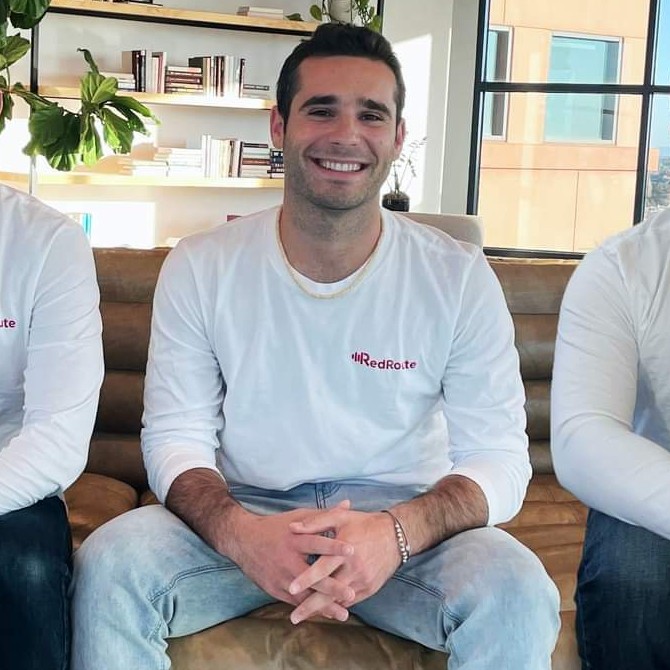
Brian Schiff
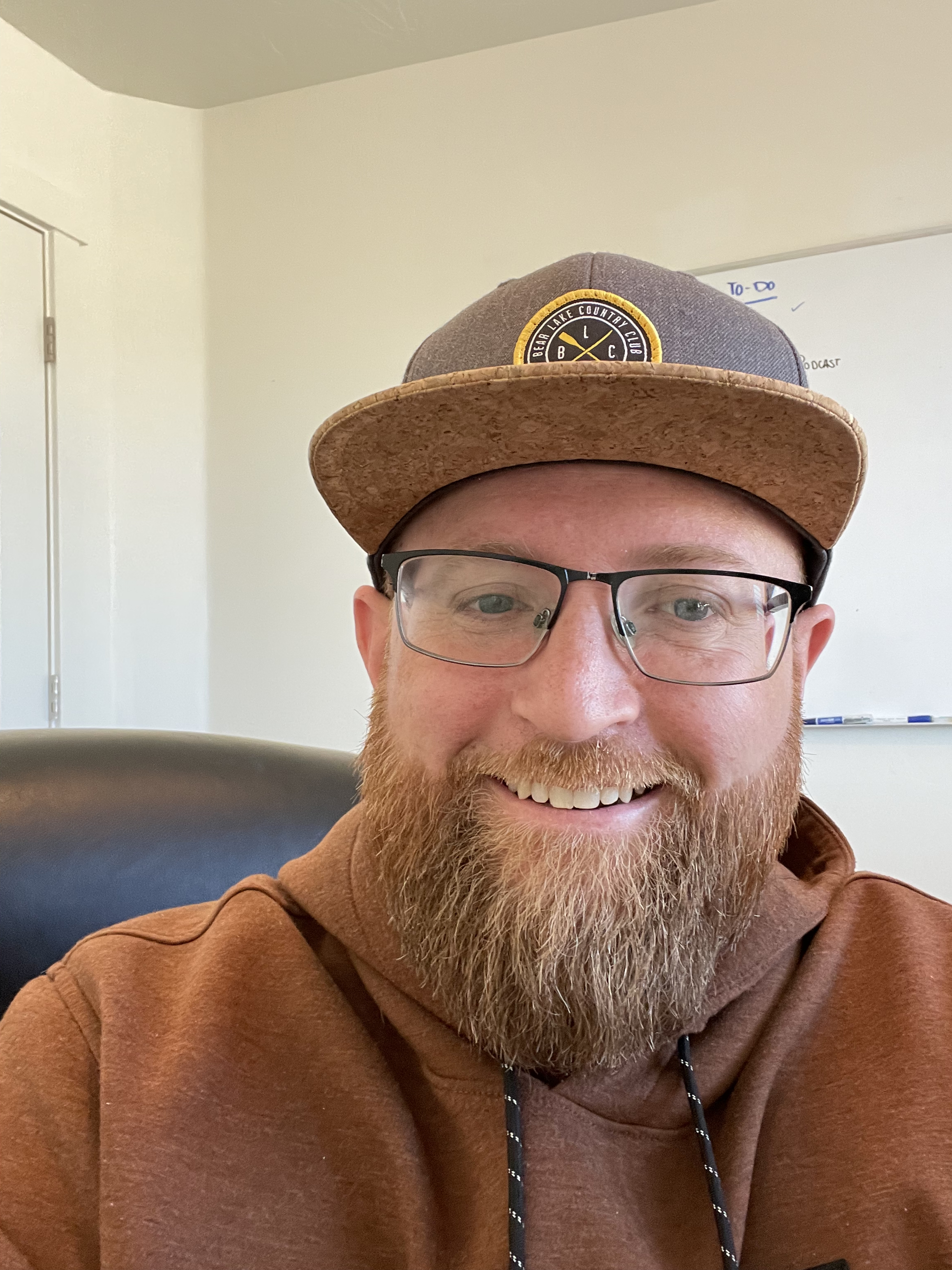
James Gilbert
Today's Guests

